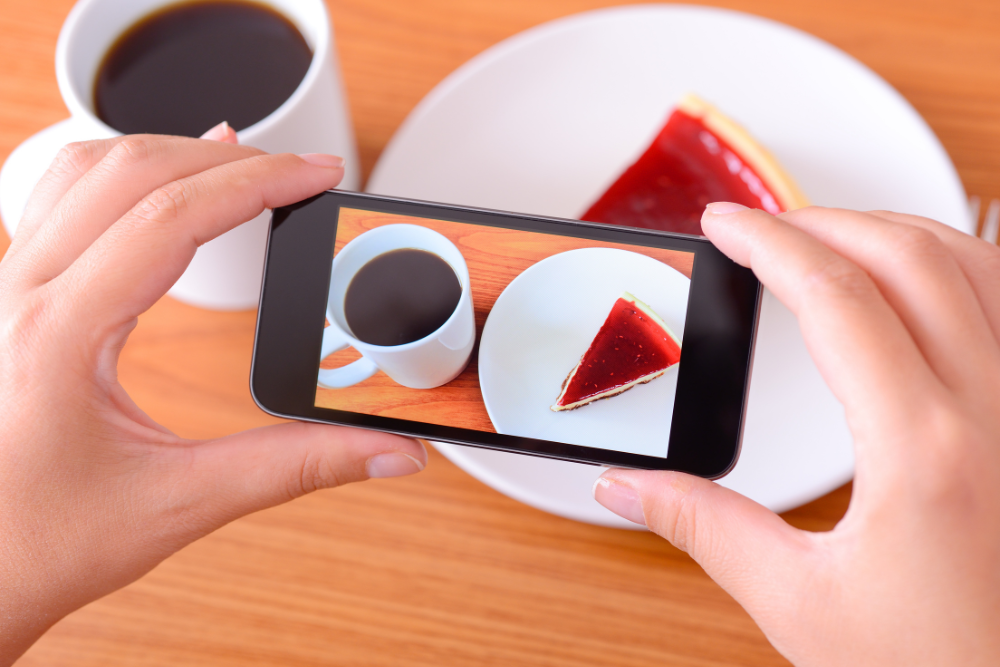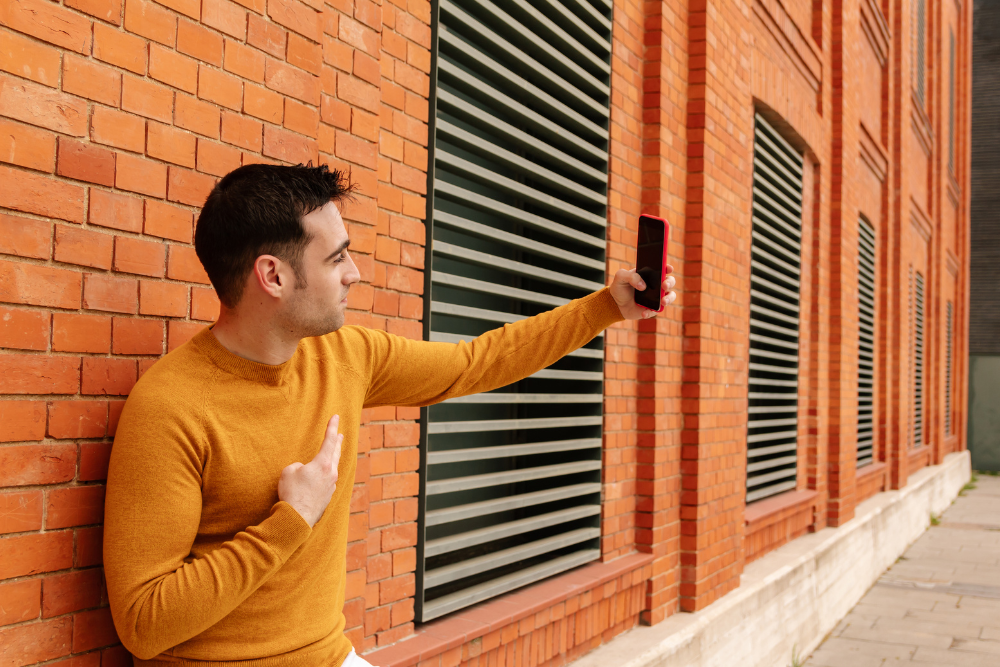Imagine this: You stop by your favorite coffee shop to get your favorite drink, snap a picture of your latte, and then share it to your social media accounts. Or imagine that you write a blog post containing a product review for your favorite brand’s latest collection. Whether you know it or not, you are a creator of user-generated content!
User-generated content is original and brand-specific, created by customers and shared on social media or other channels. It consists of many forms, including images, videos, reviews, a testimonial or Q&A content. What should beginners know about user-generated content?
- Why Is User-Generated Content Important?
- What Are the Benefits of User-Generated Content?
- Who Typically Creates User-Generated Content?
- Case Studies: Top User-Generated Content by Brand
Why Is User Generated Content Important?
User-generated content, or UGC, is often utilized at every level of the consumer buying process to enhance conversions and maintain or increase consumer engagement. This type of customer-focused content can be utilized on social networking platforms as well as other platforms including landing pages, email, and checkout pages.
The data involving UGC and its impact on the consumer buying journey (and ultimately sales conversions) tells the story that UGC is ultimately the modern day word of mouth and should not be ignored. According to a study by Business Wire, consumers are 2.4 times more likely to say UGC is the most authentic content compared to branded content. Furthermore, 51% of consumers stated that they believe that less than half of brands create content that resonates as authentic. Therefore, the time is now for brands to invest in an authenticity-driven social content marketing strategy.
What Are the Benefits of User-Generated Content?
User-generated content is unique as it allows brand consumers the opportunity to actively take part in a brand’s community. Because developing UGC enables users to participate in a brand’s community and because individuals thrive when they are a part of something bigger than themselves, this has a significant impact on brand loyalty and consumer sentiment.
UGC also facilitates dialogue between a brand and its audience, and this degree of brand contact aids in the development and expansion of an active community. By fostering and strengthening ties between the audience and the brand, sharing audience material also helps to increase brand loyalty.
Additionally, UGC is a crucial part of consumers’ final purchasing stage as captivating user generated content can increase conversion and influence purchasing decisions. UGC serves as real-world social proof that your product is worthwhile to purchase. For instance, when consumers see people who resemble them using or utilizing your brand’s product, your audience may be more likely to make a purchase as they have an emotional attachment to the brand and its products or services.
Lastly, UGC is typically more cost effective than influencer marketing. Hiring an influencer for your brand can be costly for your marketing budget. But, what does it typically cost for consumers to post about how much they love your product? Very little. UGC is an affordable option to expand your business and add a fresh marketing approach to the mix.
With this type of content, you will still have a social connection with your audience, who are the most crucial stakeholders in your company, with a majority of those consumers eager to participate in UGC as this may give them an opportunity to highlight on your brands social channels or other digital platforms.
Who Typically Creates User-Generated Content?
So who usually posts this type of content? User-generated content can be created by customers, loyal brand fans, and employees. Most often brands will seek UGC from their consumers, either because the brand has asked for it (via email marketing, social campaigns, etc.) or because their consumers have naturally chosen to share information about the brand.
Loyal fans of the brand are also a great UGC consumer base as these consumers are typically very enthusiastic about the brand and the brand’s mission and values. These types of consumers often continue to enhance the sense of brand community and give your user generated content the touch of authenticity that other types of digital content may lack. Lastly, employees are also a great source of user generated content as this group of individuals can give your consumers the “behind the scenes” content that is unique to your brand, and aids in solidifying brand identity.
Case Studies: Top User-Generated Content by Brand
Below are three case studies involving popular brands who have succeeded in using UGC effectively to promote brand awareness and grow their following.
Lululemon
Best known for their expensive leggings and active/yoga gear (which I would argue is worth every penny), Lululemon was quick to jump into the user generated content game by encouraging their customers to use #thesweatlife and post images of them wearing their favorite Lululemon pieces via their social platforms. Their consumer based showed up to this challenge, posting a total of almost 1.5 million images with the #thesweatlife to date.
Coca Cola
Another brand that always comes to mind in regards to exceptional user generated content is Coca Cola and their #ShareACoke campaign. This holiday campaign from 2017 prompted their consumers to share their favorite Coke beverage with one another with their newly reinvented personalized bottle labels that showcased common and “uncommon” names.
The brand also launched a website where consumers could order their personalized Cokes. Focusing on sharing and being with one another around the holiday (pre-covid19) was a winning campaign for Coke that is still used in many of their marketing campaigns and initiatives today. This campaign launched a flood of user generated content across social media platforms, #shareacoke has over 600K posts to date.
Glossier
The last brand that is top of mind in the user generated content industry is Glossier, the millennial skincare and makeup brand that entered the beauty marketplace a little over 10 years ago. From the brand’s start, Glossier flipped the typical script on how brands build their social audience through their social media marketing platforms.
Rather than starting with a product line and attempting to build a community around their product offerings, Glossier started with a community first and curated products that reflect its needs.Their social media marketing style and content tone is more humanistic and organic, which allows the brand to appear genuine and trustworthy within their marketing and product lines. This organic community-centric content style and approach which often includes customers testimonials and funny memes, allows social users to feel as if they are following a friend rather than another Instagram beauty brand. This type of social media strategy organically encourages Glossier social followers (most of whom are their customers) to share their favorite Glossier products via their social media platforms.
With user generated content from these types of social users continually being created, the sense of brand community continues to enhance and grow with Glossier’s 2.6 million Instagram followers.
Should You Pursue User-Generated Content?
Whether your brand serves hundreds or millions of consumers, user generated content is crucial to your marketing strategy. Consumers now more than ever crave real, authentic content they can relate to. Make sure your brand is ready to utilize your user-generated content in a way that aligns with your brand’s mission and values, and furthermore reinforces with the values of your consumer base.
For more insights into compelling, gutsy, and successful social media strategies, check out our other Fullmoon articles in this series!




